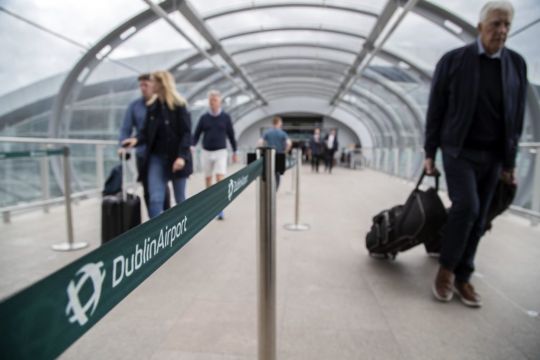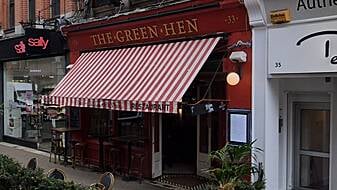Aer Lingus has told An Bord Pleanála that the planned €40 million Ryanair maintenance facility for Dublin airport “will have fundamental impacts on Aer Lingus’s ability to carry out their daily operations”.
That is according to an appeal lodged by consultants for Aer Lingus to An Bord Pleanála which now stalls plans by Ryanair to construct its permitted state-of-the-art four bay aircraft maintenance hangar at Dublin airport.
The planned hangar is located 820 metres northeast of T1 and the major investment by Ryanair is to create over 200 jobs for engineers and mechanics.
Planning consultant for Aer Lingus, Kevin Hughes has told An Bord Pleanála that Aer Lingus is not against Ryanair’s plan to construct a new hangar within Dublin Airport.
He said: “However, Aer Lingus have a number of concerns and questions regarding the new hangar in its current format that remain unchallenged and have not been addressed.”
Mr Hughes stated that "it is worth noting that Aer Lingus did not submit an observation as they were incorrectly assured by Dublin airport from the outset that existing Aer Lingus operations would not be materially affected by the proposed development"
The appeal against Fingal Co Council’s December planning permission by Aer Lingus follows An Bord Pleanála giving leave to the airline to lodge an appeal earlier this month.
Aer Lingus required leave to appeal after not lodging a third party submission with Fingal County Council.
In the appeal, Mr Hughes of Hughes Planning and Development Consultants (HPDC) has told the appeals board that the location and configuration of the proposed hangar will impact on the ability of Aer Lingus to carry out their daily operations at the nearby Hangar 6.
He said that “Aer Lingus has significant concerns regarding the impact the development will have on their current aircraft parking arrangements”.
Mr Hughes has stated that "the maximum turning angle of an A330-type aircraft was not considered in the assessment of the proposed hangar”.
The planning consultant states that Aer Lingus “is concerned regarding weaknesses in the information that was submitted at application stage".
Mr Hughes said that these weaknesses include the lack of input from an aviation planner or specialist, queries regarding how pedestrians and staff will safely access the proposed hangar and how oversized machinery will be delivered to the new hangar.
Mr Hughes also states that Aer Lingus is concerned regarding potential congestion issues that will arise if the proposed development is to continue in its current location and configuration.







